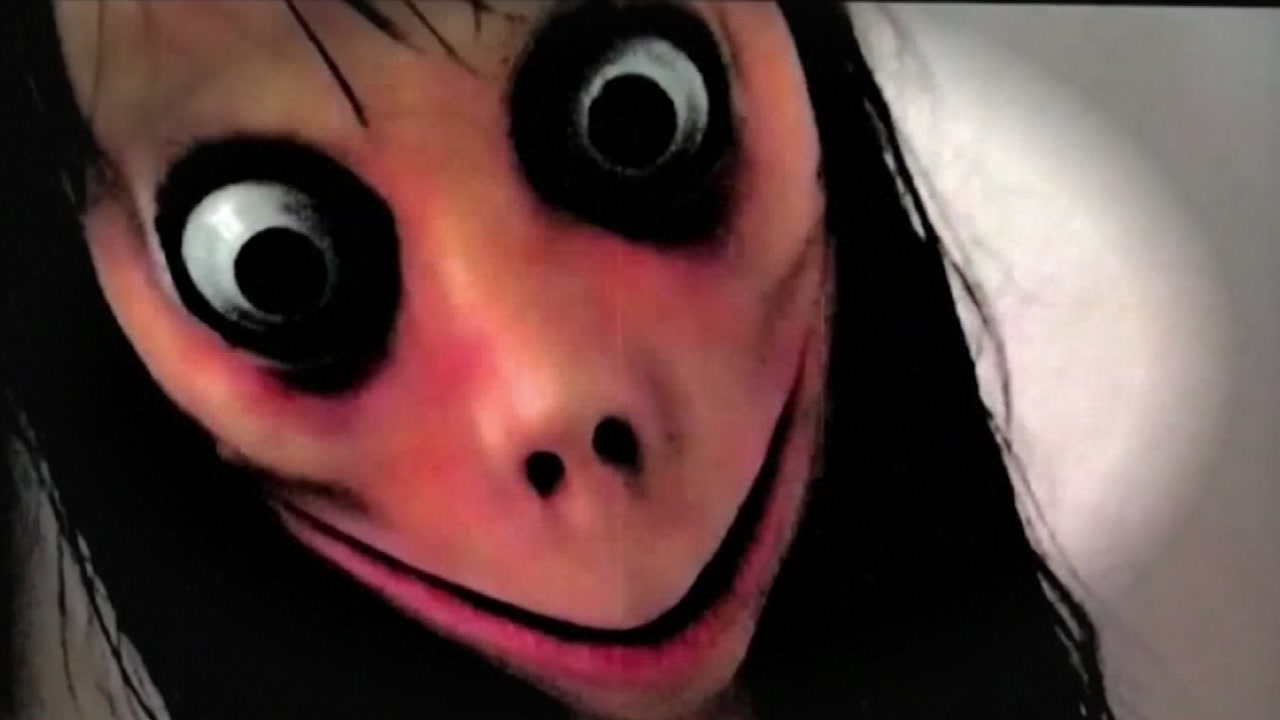
when Horror Yearbook – The Momo Challenge is an internet phenomenon that has sparked widespread concern globally. This disturbing challenge encourages dangerous behavior and self-harm among its participants. Originating in 2018, it quickly spread through social media and messaging platforms. The challenge features an eerie character, “Momo,” and urges individuals, especially children and teens, to engage in harmful activities. This phenomenon raised alarms among parents, educators, and mental health professionals. Although it was later revealed to be a hoax, its effects were real, causing panic and harm. In this article, we will examine the dangers posed by the Momo Challenge and the impact of viral online trends on mental health.
The Momo Challenge gained traction through social media platforms like Facebook, WhatsApp, and YouTube. A creepy image of a woman with bulging eyes and a twisted smile was used to represent “Momo.” The character would send participants disturbing messages, often escalating in intensity. These messages encouraged individuals to perform dangerous tasks and self-harm. The challenge quickly turned into an urban legend, with people claiming it influenced children to act recklessly. Although no concrete evidence suggests a direct link to harm, the mere suggestion of such behavior caused significant fear. Parents were especially worried about their children’s exposure to these disturbing online trends.
“Read about: The Final Patient Was Never Truly Dead”
Social media platforms and messaging apps played a major role in spreading the Momo Challenge. Users would share videos or images of the character, making it accessible to a wider audience. The viral nature of the internet allowed the challenge to rapidly gain momentum, spreading across borders. However, some claims about the Momo Challenge were exaggerated. Many reports suggested that it targeted children on popular platforms like YouTube and TikTok. Alarmingly, some users even believed that Momo was a part of popular children’s content, causing further panic. The spread of misinformation added to the chaos, fueling public concern about the challenge.
The psychological impact of the Momo Challenge cannot be ignored. Although the challenge was mostly a hoax, it caused genuine anxiety among parents and children. Exposure to disturbing content like the Momo Challenge can contribute to heightened stress and fear. Vulnerable individuals, especially children, are more likely to be affected by such trends. The challenge’s association with self-harm and dangerous behavior raised concerns about mental health. Adolescents are particularly at risk, as they may feel pressured to participate in these challenges for social validation. Studies have shown that exposure to such content can increase feelings of anxiety and depression, leading to negative emotional outcomes.
The media played a significant role in amplifying the Momo Challenge. News outlets and social media users contributed to the viral spread of the phenomenon. As the challenge grew in popularity, more people became aware of its existence, even if they had not encountered it firsthand. This constant media coverage may have further exacerbated the issue. News stories often sensationalized the threat, creating fear rather than providing helpful information. Social platforms also had a responsibility to prevent harmful content from spreading. Unfortunately, they were slow to react, allowing the Momo Challenge to gain a large following before interventions were made.
“Read more: Echoes of the Banshee: Ireland’s Most Haunting Folklore”
Parents must remain vigilant and proactive in protecting their children from disturbing online trends. It is essential to monitor children’s online activity and educate them about internet safety. Setting parental controls on devices and social media platforms can help limit exposure to harmful content. Additionally, open communication with children about the dangers of online challenges is crucial. Encouraging critical thinking can help children recognize when they are being manipulated by viral trends. Parents should also be aware of the psychological effects these challenges can have on their children. Providing emotional support and resources can mitigate the negative impact.
Although the Momo Challenge was ultimately debunked as a hoax, its consequences were real. The challenge left many families concerned about the safety of their children online. The panic caused by the Momo Challenge led to increased awareness of online dangers, prompting discussions about internet safety. Schools, communities, and mental health organizations began to address the risks posed by disturbing online trends. The Momo Challenge also highlighted the need for more stringent regulations on social media platforms. Efforts were made to improve online safety measures to prevent the spread of similar dangerous content in the future.